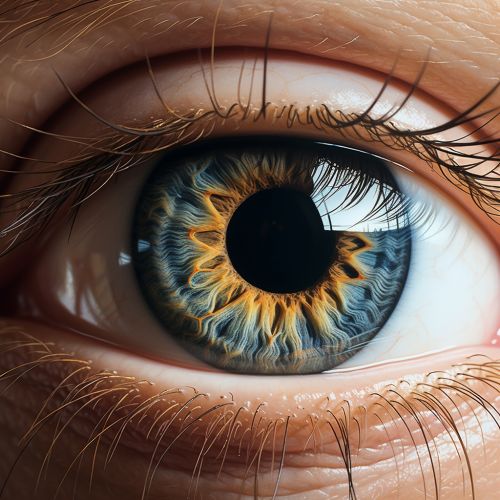Visual Perception
Introduction
Visual perception is the ability to interpret the surrounding environment using light in the visible spectrum reflected by the objects in the environment. This is different from visual acuity, which refers to how clearly a person sees (for example "20/20 vision"). A person can have 20/20 vision and still have problems with visual perceptual processing.
Anatomy of the Visual System
The human visual system is a complex network that includes the eyes, the optic nerves, and the brain. The eyes are the organs that detect light, and signals pass from the eyes through the optic nerves to the visual cortex of the brain. The visual cortex is the part of the brain responsible for processing visual information.


Visual Perception Process
Visual perception begins when the lens of the eye focuses an image of its surroundings onto a light-sensitive membrane in the back of the eye, called the retina. The retina is actually part of the brain that is isolated to serve as a transducer for the conversion of patterns of light into neuronal signals. The lens of the eye focuses light on the photoreceptive cells of the retina, which detect the photons of light and respond by producing neural impulses. These signals are processed in a hierarchical fashion by different parts of the brain, from the retina upstream to central ganglia in the brain.
Visual Perception Theories
There are several theories that try to explain how we perceive what we see. These include the Gestalt theory, the constructivist theory, and the ecological theory. Each of these theories offers a different perspective on how visual perception works, and they are not mutually exclusive.
Visual Perception Disorders
Visual perception disorders are brain-based conditions that cause problems with visual perceptual processing. These disorders can affect a person's ability to make sense of information taken in through the eyes. This is different from problems involving sight or sharpness of vision. Difficulties with visual perception can lead to problems with skills such as reading, writing, and math.
